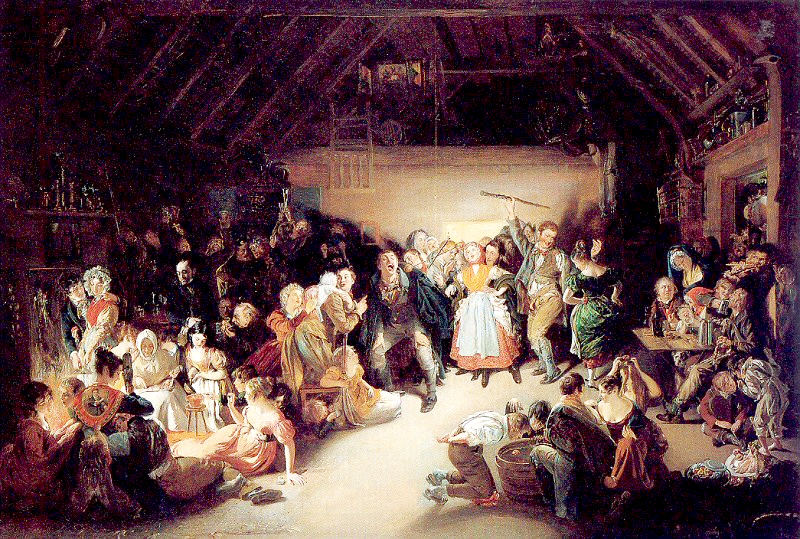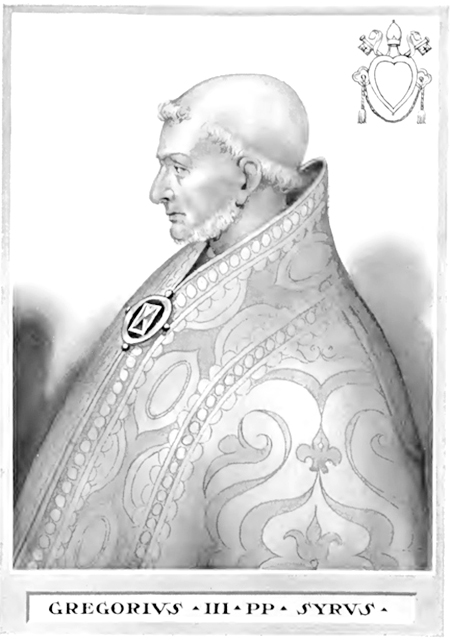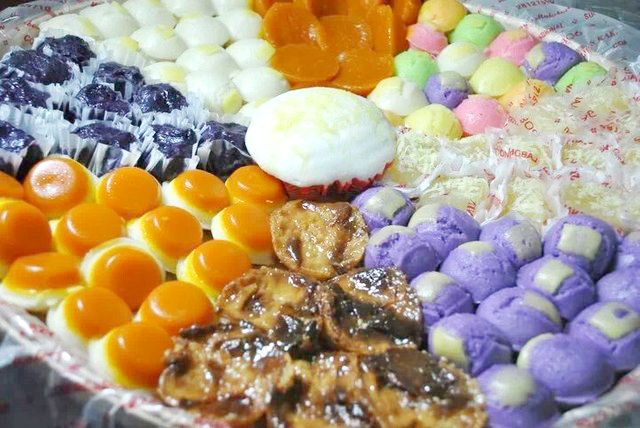At A Glance
- There is nothing funny about Halloween. This sarcastic festival reflects, rather, an infernal demand for revenge by children on the adult world. — Jean Baudrillard

Each year, by the end of October, when the leaves start to fall and the days grow shorter, we celebrate the holiday known as Halloween. It’s a hauntingly fun time when the macabre is celebrated, sweet treats are given away, and people dress up as their favorite characters for fun. But how did this spooky holiday come to be?
Halloween started many centuries ago through the ancient Celtic harvest holiday known as Samhain. Starting on Oct. 31, it would carry on until the first day of November to signify the start of the winter period. During this festive season, the Celts would go around wearing costumes and lighting fires to ward off evil spirits. Divination was a common practice as most villagers tried to predict how the next year’s harvest would go and to see if they’d manage to survive. It is also believed that during this time the souls of the deceased would return to their homes.
By the eighth century, the Roman Catholic Church under Pope Gregory III allocated the first day of November as All Hallows’ Day, now referred to as All Saints’ Day. This is where Halloween got its name as the evening prior to the holiday was known as All Hallows’ Eve. Some presume this was done to stamp out the old pagan traditions, as prior to Pope Gregory III Romans honored the saints closer to the Easter and Pentecost season.

As centuries passed, so did these traditions. According to History.com, the large influx of Irish immigrants in the US trying to escape the Irish Potato Famine is the reason Halloween started to become a popular event for Westerners. Following the influence of European traditions, the practice of putting on costumes and asking for food and money would eventually evolve into what we know as trick-or-treating today.
Meanwhile, in the Philippines, Halloween’s Western influence hadn’t become the norm until the US colonization of our country. While our country was under Spanish reign, our largely Catholic population often spent this time preparing for All Saints’ Day, or Undas as it is locally known. It’s a solemn occasion for families to visit cemeteries to spend time and pray over relatives who have passed on.

Surprisingly enough, we also have our own version of trick-or-treating. According to the National Commission for the Culture and the Arts (NCCA), the practice of pangangaluluwa or souling involved Filipinos pretending to be lost souls in purgatory, serenading from house to house on Oct. 31, in exchange for any form of token, usually kakanin, to “return to the world of the dead.” It was believed that serenades could help spirits find their way to a door connecting the living and the dead. Sadly, this tradition has slowly died out in popularity as only a few rural areas continue to observe it.

In the end, whichever way we choose to celebrate this Halloween season, it’s worth noting that this is a special occasion we can spend with our families. Whether you’re out trick-or-treating in costumes or reading hymns and keeping it solemn, it’s best to use this time to have quality time and form lasting memories with one another.